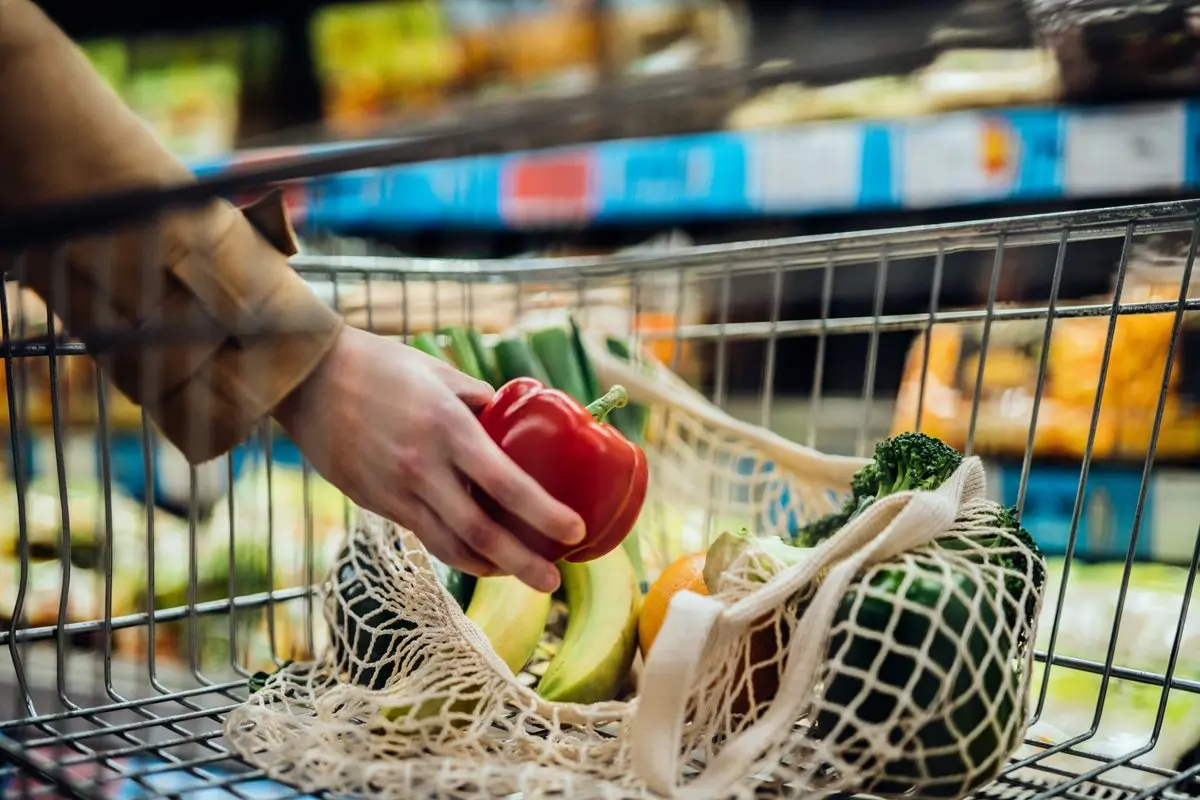
In the last decade, produce prescription programs are becoming more and more popular, due to the number of diet related diseases in our society. Wholesome Wave Georgia launched our program called Georgia Food for Health back in 2015.
Georgia Food For Health partners with healthcare providers to give families innovative prescriptions that can be spent on fresh fruits and vegetables at participating local produce retailers, to food-insecure Georgians managing diet-related illnesses.
The Georgia Food For Health program also offers 6-month cooking and wellness intervention classes to increase participants’ health knowledge and cooking confidence. An increased access and consumption of fruits and vegetables has been shown to help decrease diet-related illnesses such as obesity, diabetes, heart disease, hypertension and stroke.
The results have shown improvements. In 2017, the average Body Mass Index among GF4H patients decreased by 10.6%. Additionally. waist circumference decreased by 5%, systolic blood pressure decreased by 8.8%, and diastolic blood pressure decreased by 2.2% among Georgia Food For Health patients.
Part of the funding for this program comes from the Gus Schumacher Nutrition Incentive Program. Here’s an overview from our friends at Civil Eats:
Since in 2019, USDA’s Gus Schumacher Nutrition Incentive Program (GusNIP), which received funding for five years through the last farm bill, has been providing competitive grants for PPRs. This is where Yaroch and the Gretchen Swanson Center come in. Assisted by Seligman’s team at UCSF and other partners, the center will oversee GusNIP’s reporting and evaluation, and analyze the long-term impact of these prescription programs. So far, “self-reported health is trending in the right direction,” Yaroch says. But starting next year, when data from year two starts to roll in, “we’ll have more objective measures.”
In an effort to get things standardized, the Gretchen Swanson Center created some shared metrics, hoping to make apples-to-apples comparisons among GusNIP-funded programs. Since GusNIP was made a permanent fixture of the Farm Bill in 2018, Yaroch is hoping that PPRs continue to be a mainstay of its grantmaking—and perhaps even get a monetary boost in the 2023 Farm Bill, after analyzed data (presumably) shows their benefit.
The center is awaiting a batch of data so it can start measuring the impacts of produce consumption on things like hemoglobin A1C, which indicates blood sugar levels, and body mass index, a measure of body fat. It’s hoping to eventually gain insights into metrics like “dosage”—how much produce is ideal for a patient to receive—and how many produce prescription refills are needed to make a difference in patients’ long-term health.
Meanwhile, Yaroch sees another big benefit to PPR programs: local economic impact. In its second year of operation, GusNIP’s PPR programs generated $1.1 million in sales for grocers, farmers’ markets, and other local outlets. “Everyone has a right to healthy food,” Yaroch says. “But who doesn’t like an incentive?”
We are grateful for this funding and the effort to coordinate research to show outcomes across different programs. Additionally, we are highly supportive any increased funding for this program through the 2023 Farm Bill.



